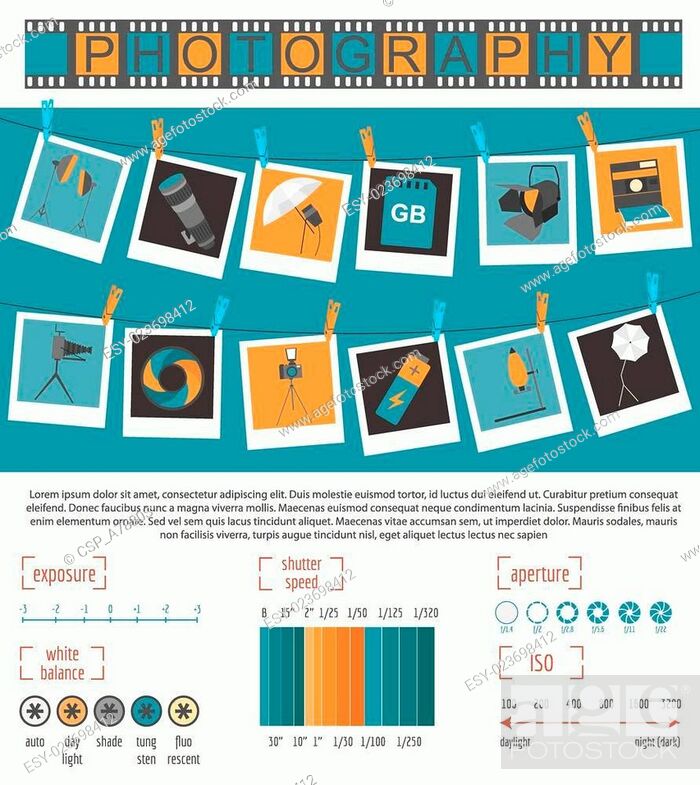What Every Digital Photographer Must Know About Lighting
What Every Digital Photographer Must Know About Lighting
Blog Article
Post Composed By-Parks Ibrahim
As a digital photographer, you know that illumination can make or break your images. Recognizing the nuances of both all-natural and synthetic light is crucial for capturing the state of mind and clarity you go for in your job. Whether you're chasing after the ideal gold hour glow or fine-tuning your synthetic setups, mastering these components can raise your photography dramatically. However there are https://www.digitalcameraworld.com/uk/buying-guides/best-memory-card that many forget, and acknowledging them can change your strategy to every shoot. Let's discover what you may be missing and how it can impact your results.
Understanding Natural Light
Recognizing all-natural light is vital for any kind of photographer seeking to enhance their job. It's the structure of wonderful digital photography, affecting state of mind, tone, and clearness. When you shoot outdoors, pay attention to the time of day. The golden hour-- quickly after dawn and prior to sunset-- supplies soft, cozy light that can change common scenes into sensational images.
Don't undervalue the power of overcast days. Cloud cover diffuses sunlight, producing a soft, also light that's best for pictures and macro digital photography. Recommended Internet site 'll locate colors pop in this type of illumination without extreme shadows.
Positioning matters, also. Always consider your subject's positioning to the light source. If the sunlight's behind your topic, you might wind up with a silhouette, which can be remarkable however mightn't be what you want. Conversely, direct sunshine can produce uncomplimentary shadows.
Explore angles; occasionally, altering your perspective can generate fantastic outcomes. Use natural reflectors, like water or sand, to bounce light onto your subject, including dimension.
Learning Artificial Light
Mastering fabricated light is crucial for professional photographers who wish to take their skills to the following level. Whether you're using speedlights, workshop strobes, or continual lights, comprehending exactly how to adjust these resources can dramatically enhance your photos.
Start by familiarizing on your own with the fundamentals of light high quality, instructions, and shade temperature level. Try out different modifiers like softboxes, umbrellas, or grids to regulate the gentleness or violence of the light.
You'll locate that soft light commonly creates complementary outcomes, while harsher light can include dramatization and deepness. Do not avoid shadows; they can enhance the three-dimensionality of your subjects.
Pay close attention to the placement of your lights. A light positioned too near to your topic can develop uncomplimentary outcomes, while too far away can lead to a lack of detail. Use a light meter or your electronic camera's histogram to guarantee you're subjecting correctly.
Finally, keep in mind that man-made light can be mixed with ambient light for imaginative effects. Stabilizing these sources could take practice, but once you understand it, your photography will truly shine.
Methods for Different Situations
When you enter different capturing scenarios, adjusting your lights techniques is crucial for catching the most effective images. For outdoor pictures, utilize the gold hour-- morning or late afternoon light-- to soften darkness and enhance complexion.
If it's a rough midday sun, think about utilizing a reflector to bounce light back onto your topic or look for shaded locations for an extra also exposure.
In low-light situations, like indoor events, raise your ISO and utilize a vast aperture to allow in more light. A tripod can assist eliminate electronic camera shake, enabling longer exposures without blurring.
If you're contending evening, trying out off-camera flash to develop dynamic lighting and deepness in your photos.
For http://sandie51alexis.booklikes.com/post/6559491/uncover-the-important-digital-photography-gear-that-will-kickstart-your-imaginative-trip-and-learn-what-you-can-miss-to-save-money-and-time , use diffused lighting to stay clear of harsh representations. Softboxes or light outdoors tents can help achieve this impact.
When photographing landscapes, take into consideration the direction of light and time of day, as it can drastically transform the mood of your shot.
Constantly prepare to readjust your settings and positioning based on the scenario, as adaptability is crucial to grasping lights in photography.
Verdict
To conclude, grasping illumination is vital to boosting your photography abilities. Welcome all-natural light's appeal throughout golden hour, and don't shy away from explore man-made light techniques. By adapting your technique to various situations, you'll record magnificent photos that resonate with feeling and clarity. Keep in mind, the ideal lighting can transform an ordinary shot into something extraordinary, so keep practicing and fine-tuning your understanding of both all-natural and artificial light. Satisfied capturing!
